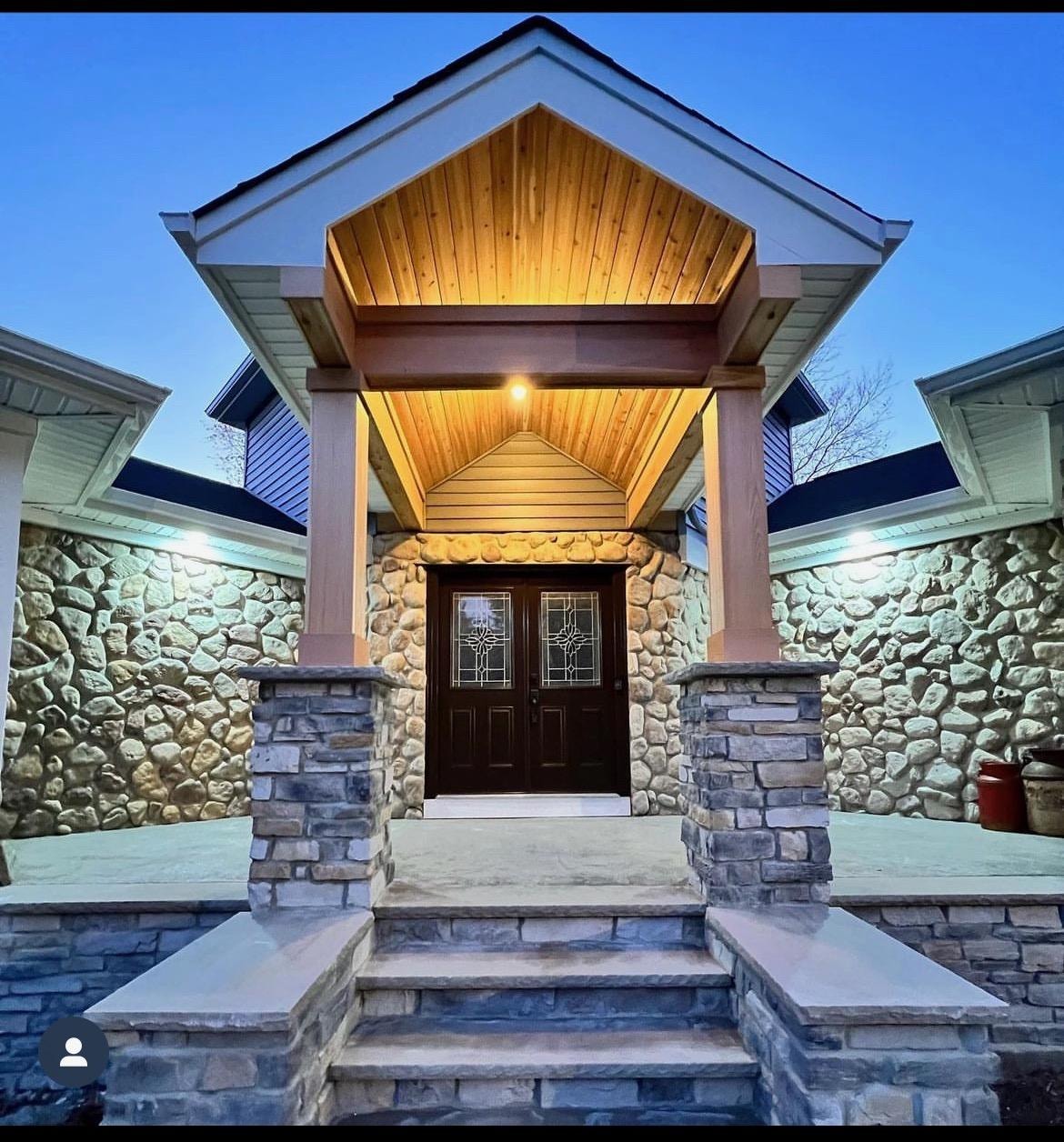
The Evolution of Masonry: Trends and Techniques Through the Decades Jul 25, 2025
The 20th century was a transformative time for masonry with significant changes and trends. In the early decades, traditional brick and stone masonry dominated court and civic buildings. These structures were not just about aesthetics; they symbolized durability and permanence, essential attributes during an era of rapid industrial expansion. However, as the mid-century approached, new materials like concrete blocks became popular due to their cost-effectiveness and ease of use. This development allowed for quicker construction times and broader applications, influencing urban growth.
Entering the late 20th century, technological advancements pushed masonry further into modernity. Engineered stone became a staple, providing a wide array of colors and textures not previously found in natural stone. This advancement gave architects and builders more creative freedom, resulting in innovative designs that stood apart from traditional masonry structures.
In the 21st century, sustainability emerged as a key theme in masonry. With growing awareness of environmental issues, the masonry industry had to adapt. Sustainable masonry practices became essential, focusing on sourcing materials responsibly, reusing existing materials, and integrating energy-efficient techniques in masonry construction. Masonry walls, due to their thermal mass, began to be recognized for their energy efficiency, especially when paired with modern insulation techniques.
Today, digital technology is carving its place in the masonry landscape. Building Information Modeling (BIM) software allows masons to plan and visualize structures in 3D, enhancing precision and reducing waste. Additionally, automation and robotics have begun to take on labor-intensive tasks, making the construction process more efficient and less hazardous.
At McClelland Masonry, understanding these historical and modern trends is crucial. Innovative techniques such as thin stone veneer or large concrete panels are now commonplace. These materials offer the timeless look of traditional masonry but with less weight and easier installation, greatly appealing to renovators and builders seeking a contemporary edge without compromising on the classic appeal.
Moreover, the focus on eco-friendly construction has seen McClelland Masonry incorporate recycling practices and sustainable materials into their projects. By selecting ethically sourced stone and adopting efficient laying methods, the company not only reduces its environmental impact but also contributes positively to the community.
Looking to the future, it's clear that the masonry industry will continue to evolve. As technological innovations and sustainable practices take center stage, companies like McClelland Masonry remain committed to blending tradition with innovation. Clients can expect more versatile, durable, and eco-friendly options as part of their building projects.
In conclusion, masonry has undergone significant changes, reflecting shifts in technology, design, and environmental responsibilities. McClelland Masonry’s understanding and adaptation to these trends ensure that clients receive quality craftsmanship grounded in both tradition and modernity. Whether you are considering a new build or a renovation, understanding the evolution of masonry can guide informed decisions, paving the way for structures that are both timeless and forward-thinking.
/filters:no_upscale()/media/649ddfe7-2f3c-4eee-bdce-95ba79d51b01.jpg)
/filters:no_upscale()/filters:format(webp)/media/460df444-629f-4222-93a4-1ba0beb8949c.jpg)